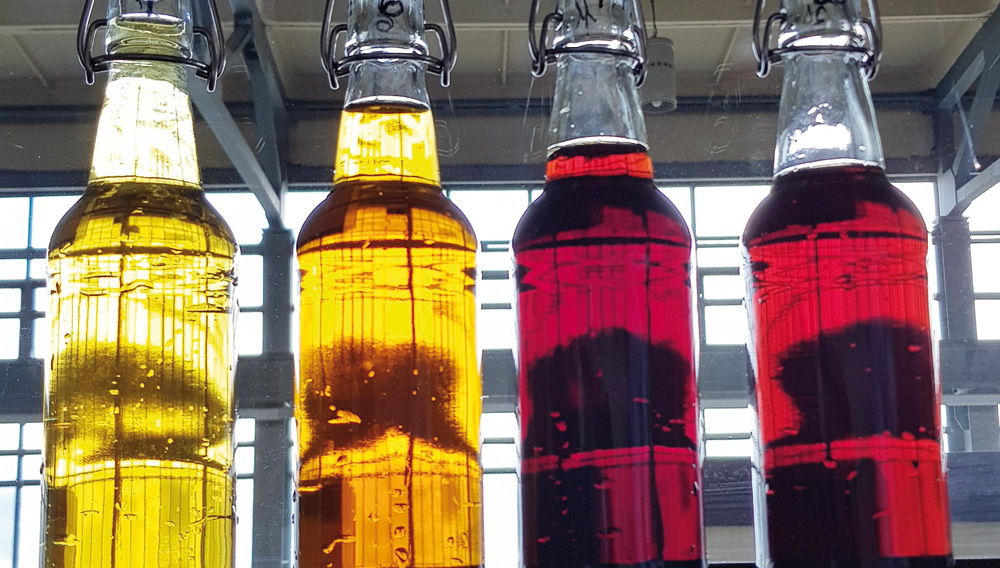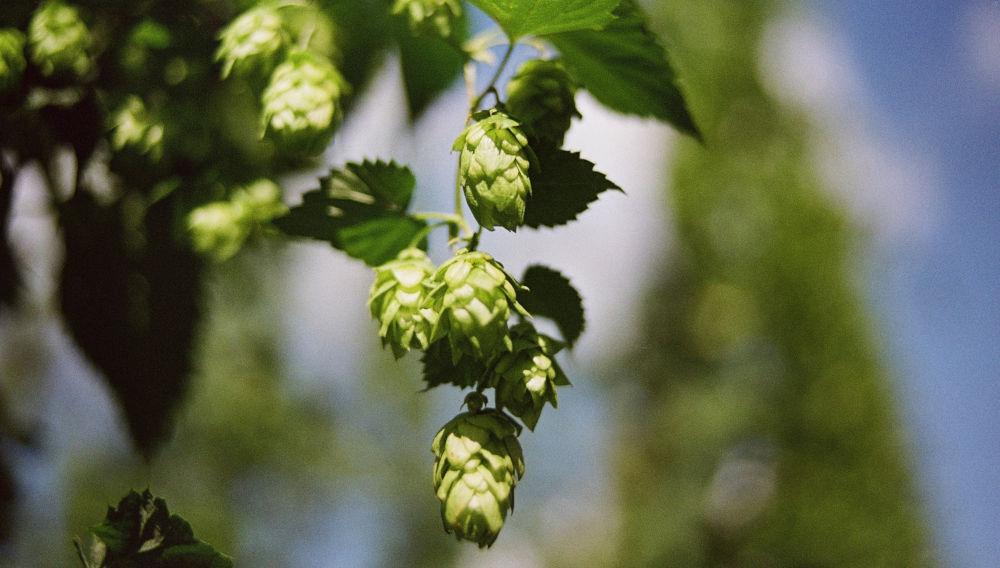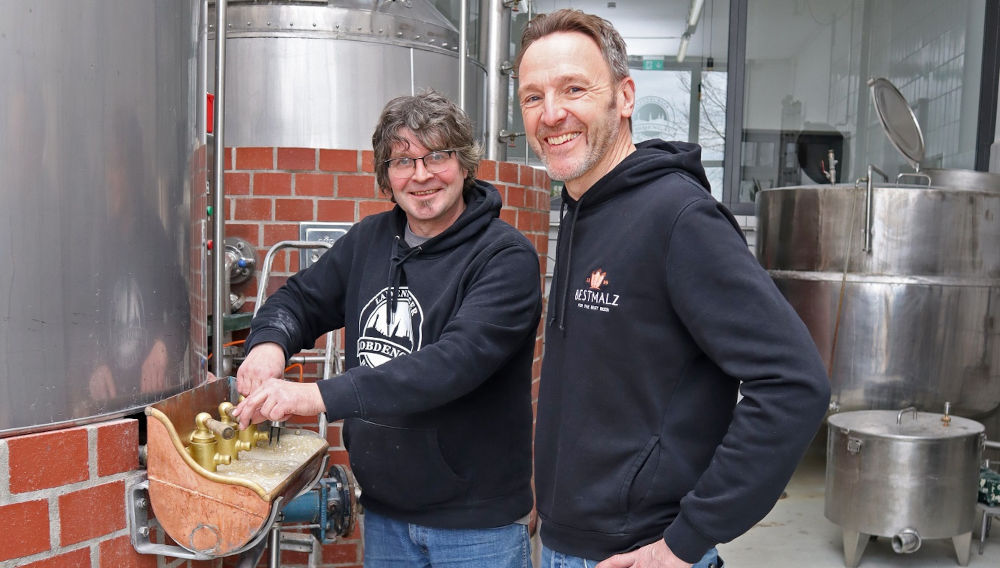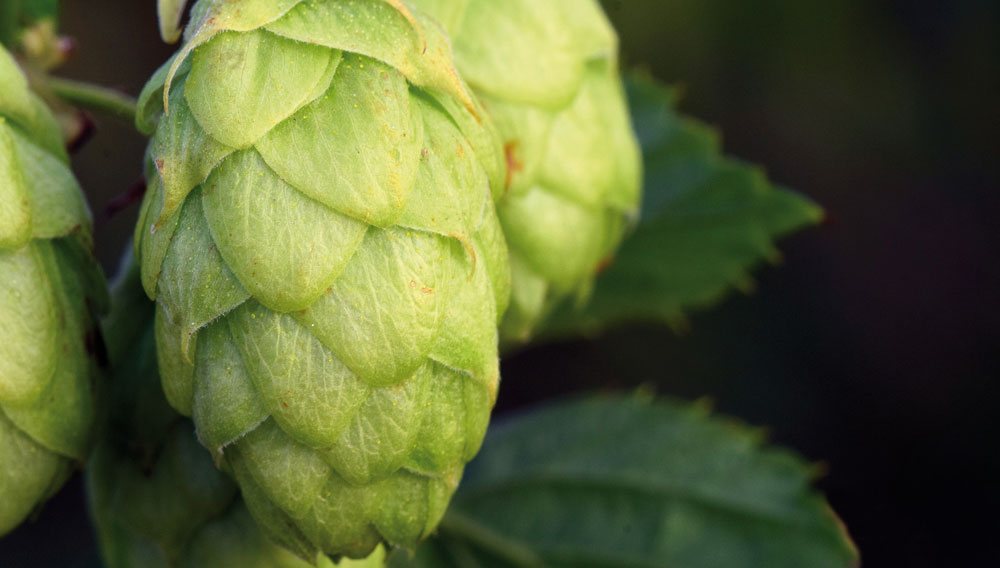
Optimised resistance | Titan is the new high-alpha variety from the Hüll Hop Research Centre. In numerous brewing trials, Titan has been attested as having a high bittering quality comparable to the high-alpha variety Herkules. It combines very good brewing quality with climate stress tolerance and optimised growth and resistance properties and thus meets the demand for a high-quality, sustainable cultivar.
Comprehensive documentation | The international hop specialist BarthHaas has just published its Hop Harvest Guide 2022, a comprehensive documentation of the quality of the most recent hop crop. It helps brewers to adapt their processes and recipes to the changes identified in the respective crop year.
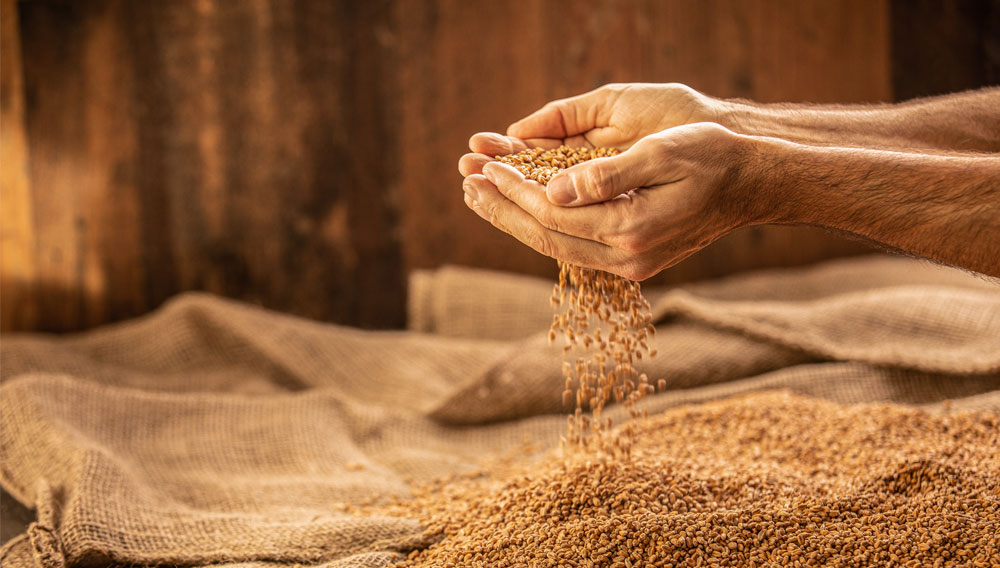
Perfect fan speed | Ask anyone in the malting sector to list the biggest users of energy in their processes, and kiln fans will be very near – or at – the top of the list. Their dependence on a range of external factors usually means that the fans are set at 100 % in order to achieve their parameters, something that obviously comes with significant cost implications for operators.
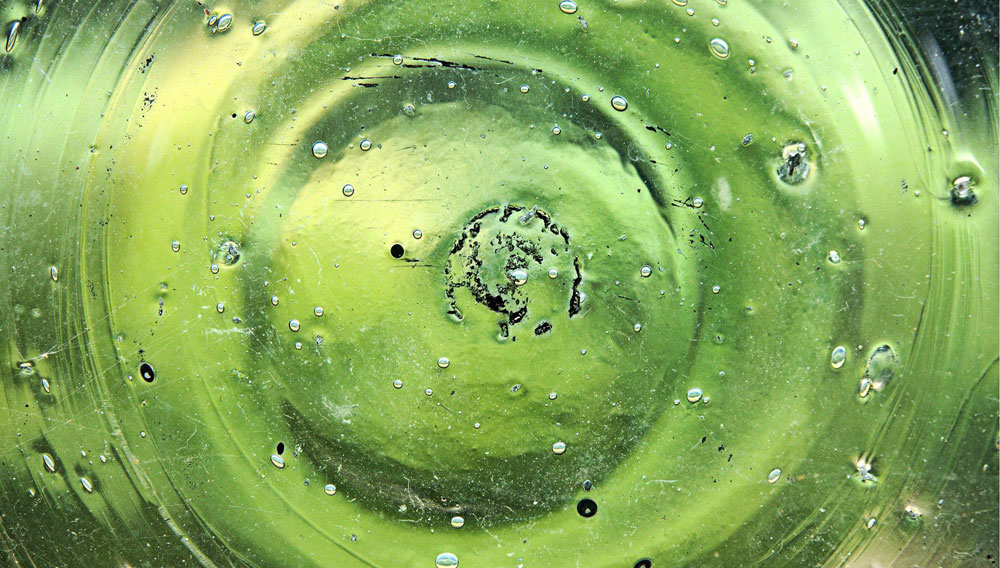
Beer from the time of the Kaiser | The discovery of a very special bottle, a relic from the German Empire of 1871–1918, has aroused much interest. Scientists from the Technical University of Munich (TUM) have now analysed samples of this historical beer. Their extensive experiments reveal a number of details about the dawn of industrialisation in the brewing trade.
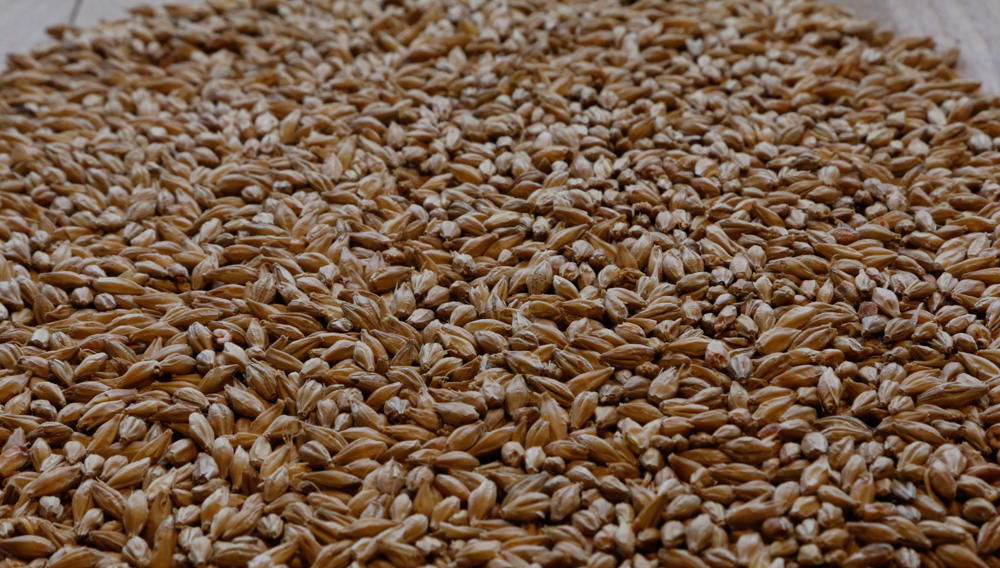
Malting barley | Climate change during the grain filling phase may result in conceivable loss of quality of malting barley. This article analyses the extent to which growing location and the weather influence starch build-up in the barley corn.
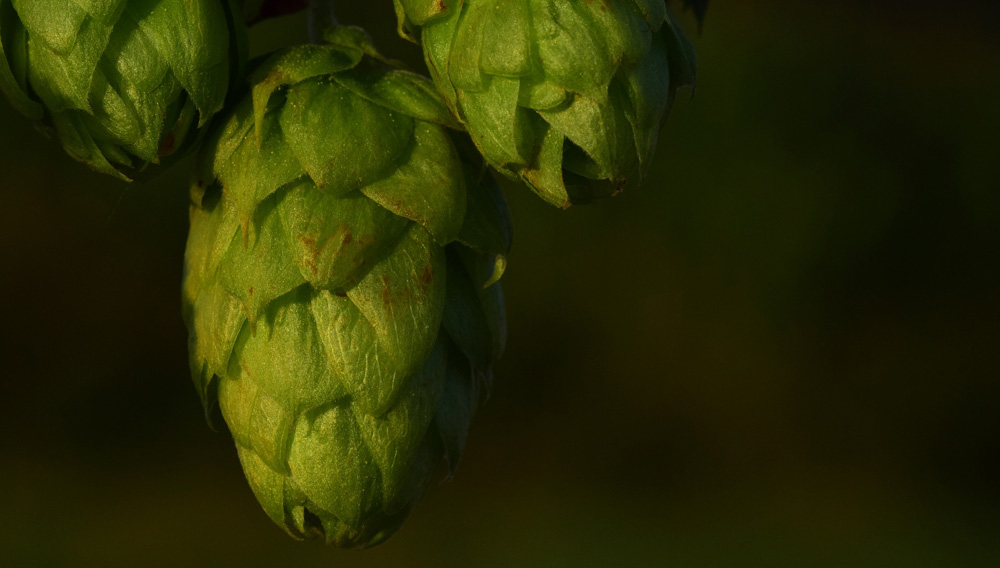
HOP ADDITION | Does first wort hopping during lautering have a positive influence on the yield of bitter substances and on the beer quality? What kinds of results are currently possible through the use of hop pellets? The authors analyzed nine beers from brewing trials for bitter substances, aroma compounds, sensory attributes and aging indicators.
Poor hop harvest | Faced with climate change and the prospect of increasingly frequent extreme summers, the hop industry sought a way to enable particularly low crop volumes to be distributed equally and fairly among all customers.
Reviving historic barley variety | The Heidelberg-based family business Palatia Malz GmbH, in a joint effort with Saatzucht Josef Breun GmbH & Co. KG, has revived the traditional German malting barley variety Alexis. The malt produced exclusively by Palatia from this time-honored barley variety will now be marketed under the brand name “Best A-XL”, the A standing for “Alexis” and the XL (“extra large”) for the exceptional foam stability of a beer brewed with it.
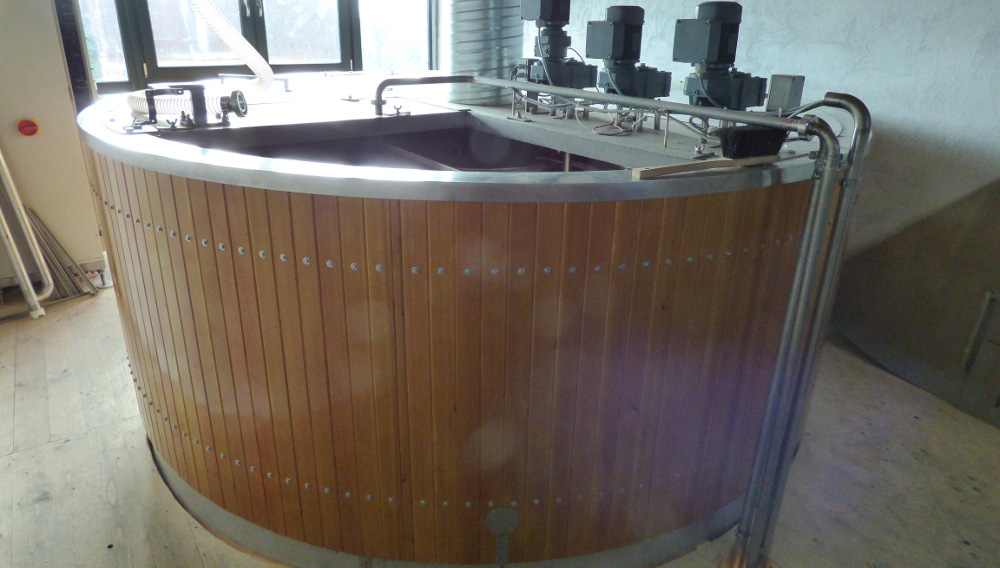
Compact micromalting | Ever more brewers in smaller breweries and in the craft market are looking for malts tailored to their specific needs or malts produced from regional barley suitable for creating their unique and distinctive beers. However, most malthouses are not able to fulfill their desires due to the small batch size. It is therefore worth considering alternatives. A compact small-scale malting plant with special steeping technology is introduced in the following article.
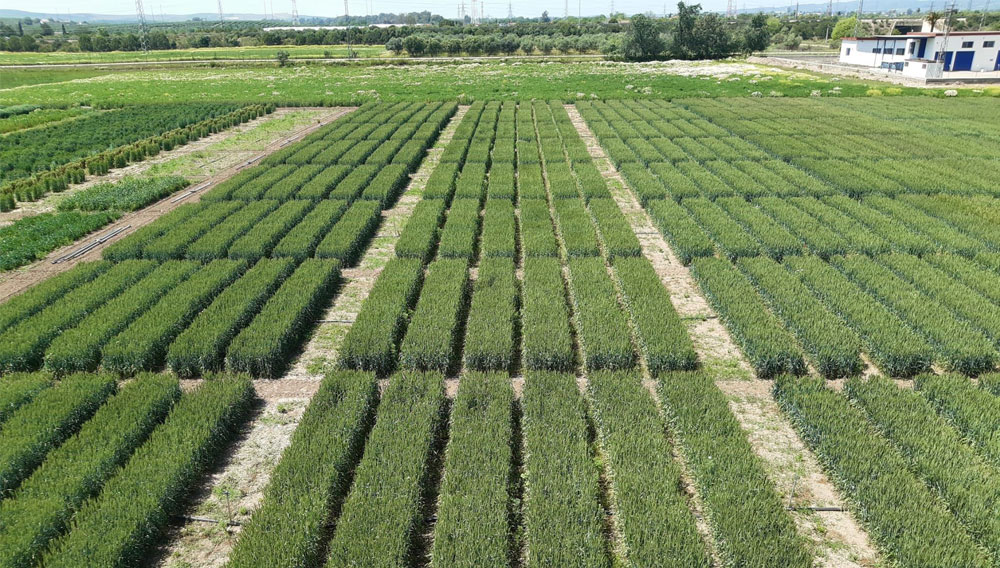
Novel crop | Tritordeum is a cereal combining the best attributes of wheat and barley in one single ingredient. It has been developed after 40 years of research in Spain, where a breeding program is managed by the biotechnology company Vivagran which is exclusively in charge of its global production and distribution. The objective is to select new lines of Tritordeum each year, more recently also with qualities suitable for malting and brewing.

The 2022 hop harvest has now officially come to an end. The Arbeitsgruppe Hopfenanalyse or AHA (Hop Analysis Working Group) has announced the mean alpha acid values determined in freshly harvested hops.

